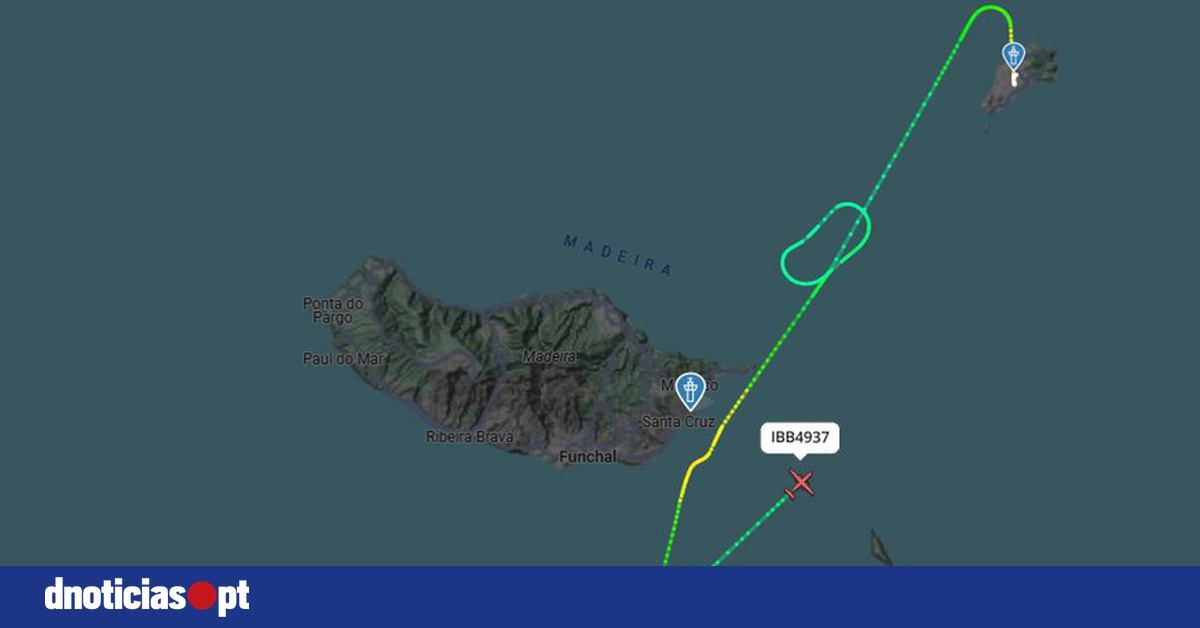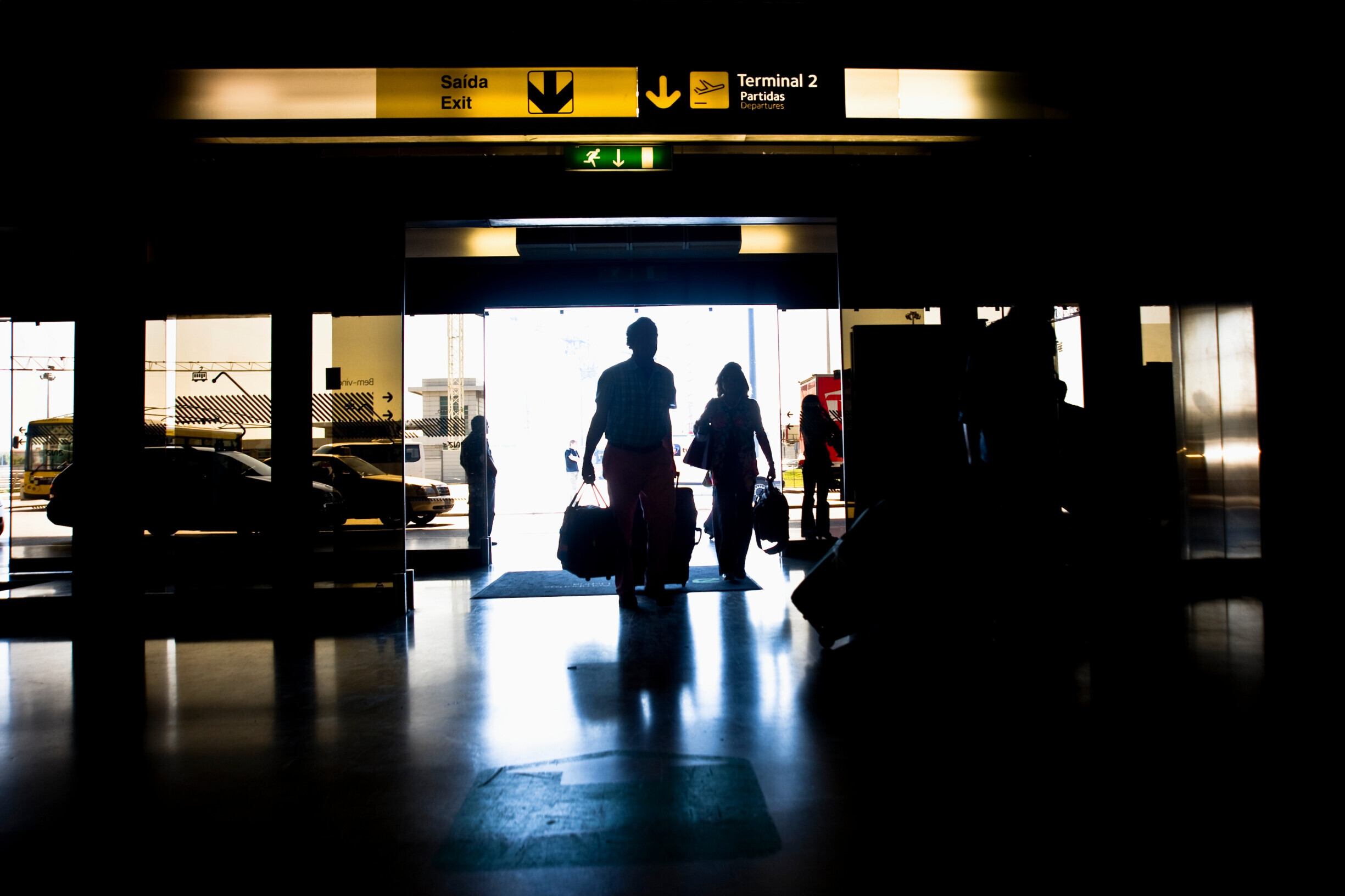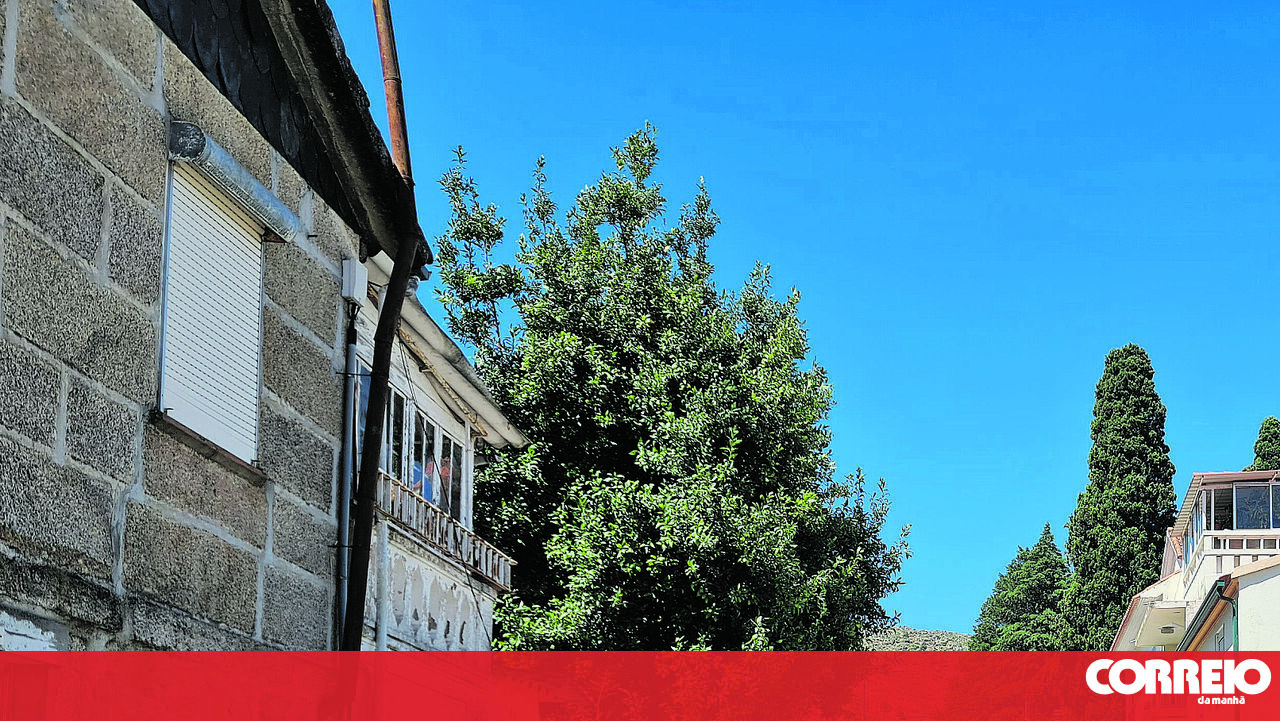A grave threat looms over the Algarve's pristine beaches and vibrant fishing industry, as an invasive seaweed species, Rugulopteryx okamurae, spreads rapidly along the coast. Ester Serrão, a biologist from the University of Algarve, highlights the severe implications for tourism, with beaches becoming unusable due to the overwhelming biomass accumulation.
The immediate solution has been early morning clean-ups by local municipalities, ensuring beaches remain accessible to visitors. "Without these efforts, it would be a total catastrophe," Serrão asserts. The seaweed not only mars the beauty of the Algarve's shores but also severely impacts the local fishing industry, with some fishermen forced to stay ashore and others hauling in as much seaweed as fish.
Discovered in 2001 by Serrão and fellow biologist Rui Santos, Rugulopteryx okamurae has since dominated the coastal ecosystem, outcompeting native species and creating dead zones devoid of oxygen. The seaweed's rapid reproduction and ability to attach to any hard surface exacerbate the problem, smothering corals and other marine life.
Efforts to mitigate the invasion are underway, including attempts to remove biomass from the sea before it reaches the shore. However, the sheer volume and the EU's classification of the seaweed as an invasive species complicate potential economic uses of the collected biomass.
Despite the challenges, research continues into finding sustainable solutions to manage the invasion, with Spain's ongoing clean-up efforts serving as a temporary model. The situation underscores the urgent need for innovative approaches to protect the Algarve's marine ecosystems and economy.











:max_bytes(150000):strip_icc()/TAL-lead-image-coimbra-RETIREPORTUGAL0625-57d3c3eb17b8472c8a14e78f627d6d59.jpg)












Comments
Join Our Community
Sign up to share your thoughts, engage with others, and become part of our growing community.
No comments yet
Be the first to share your thoughts and start the conversation!